Writing in USA Today, Michael O’Hanlon argues that “the United States should not recognize North Korea officially as a nuclear weapons state, and it should retain the long-term goal of complete disarmament. But for now, we should put to the side the existing North Korean nuclear arsenal of a few dozen bombs.”
The Biden administration is reportedly completing its new strategy for how to handle the dangerous, nuclear-armed dictatorship of Kim Jong Un in North Korea. In his press conference on March 25, President Biden called North Korea the nation’s greatest national security threat. Addressing that threat is a daunting task. Several of Biden’s predecessors have failed completely on the goal of winding back North Korea’s nuclear weapons programs.
Soon after Donald Trump defeated Hillary Clinton in November of 2016, Barack Obama hosted him at the White House for a private chat. Reportedly, one message Obama conveyed was to watch out for North Korea. Obama acknowledged that his own policy of “benign neglect” hadn’t worked out so well. Indeed, on Obama’s (and Biden’s) watch, North Korea conducted four nuclear tests and built about a half dozen nuclear bombs per year.
George Bush hadn’t done much better. He called North Korea part of the axis of evil and threatened tough measures. But ultimately, during his two-term presidency, North Korea broke out of the Nuclear Non-Proliferation Treaty, built a dozen or more bombs, and carried out the country’s first nuclear test. Trump eventually failed as well. He tried the threat of war and tough UN sanctions in 2017, then summitry and sweet talk in 2018 and early 2019, then a hard line until he left office. But North Korea kept on building more bombs all the while, and talks collapsed.
Risk of North Korean war
At least there has not been a war — which could literally kill millions, including tens of thousands of Americans, in densely populated and highly militarized Northeast Asia. And North Korea has not tested nuclear weapons or long-range missiles since 2017. But forebodingly, it has just test-fired shorter range missiles — and refused to talk to the new Biden administration so far, warning that it’s time for sanctions relief as a necessary first step. Kim’s sister recently warned us that otherwise, there could be quite a “stink.”
What to do? So far, the Biden team wants to strengthen alliances with South Korea and Japan. That is all to the good, but is not really the same thing as a North Korea policy. The danger is that, out of understandable moral objection to the nature of the North Korean state, and out of fear of being criticized politically here at home, Biden’s team will hunker down and insist on “complete, verifiable, irreversible, nuclear disarmament” (or CVID) as its core North Korea policy. We will say we are ready to lift sanctions, sign a peace treaty, provide aid, allow trade and investment — but only after North Korea has given up all its nuclear weapons.
That almost surely won’t work, for two main reasons. First, having seen what happened to Saddam Hussein in Iraq and Mohammar Qaddafi in Libya, both of whom wound up fighting the United States without the bomb, and both of whom wound up dead, Kim’s survival instincts won’t let him make such a move in one fell swoop. Second, Kim won’t easily give away what his father and grandfather labored for decades to achieve. Nuclear weapons are not just the ultimate guarantor of North Korean state survival; they are literally the family jewels in the “Hermit Kingdom.”
So we need to lower our sights and start smaller. The United States should not recognize North Korea officially as a nuclear weapons state, and it should retain the long-term goal of complete disarmament. But for now, we should put to the side the existing North Korean nuclear arsenal of a few dozen bombs. In the short term, it would be enough to prevent the further growth and modernization of the North Korean arsenal.
Dismantle North Korean nuclear sites
Specifically, working with regional partners, we should seek to persuade North Korea to dismantle verifiably its nuclear production sites. They are large and much easier to monitor than individual nuclear bombs themselves. We should also insist on formalizing the North Korean moratorium on testing nuclear weapons and long-range missiles that has been observed since 2017. In return, the international community could agree to lift many of the UN sanctions placed on North Korea after its big weapons tests of 2016 and 2017. It is those sanctions, plus Covid, that together have shrunk the North Korean economy a total of 15 to 20% over the past four years, according to the Korean Central Bank. It is those sanctions that Kim really needs to see lifted if he is to advance his goal of “byungjin” (security with prosperity).
This kind of deal, perhaps negotiated secretly with North Korea by someone close to Biden, like his national security advisor Jake Sullivan, and then formalized with a presidential summit, would not be the end of the story. Other sanctions, including those under US law, would remain in place as leverage to pursue full disarmament someday. True, that process may take many years or decades. But in the meantime, North Korea’s nuclear threat would be capped, and Pyongyang would have a stake in maintaining stability in Northeast Asia.
It is somewhat surprising that Donald Trump did not do this deal himself, once he opened up communications channels with Kim. Unfortunately, he was persuaded by hardliners in his own administration to insist on complete nuclear disarmament. But again, that just isn’t going to happen. Countries that have given up nuclear weapons in the past, including Ukraine and Belarus and South Africa, had to change their interactions with the outside world fundamentally and comprehensively before they were willing to do so. That will be true here as well. Only a long-term two-step nuclear disarmament process can work with North Korea, and the new Biden policy should begin from that premise.
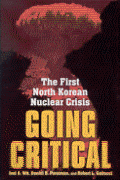
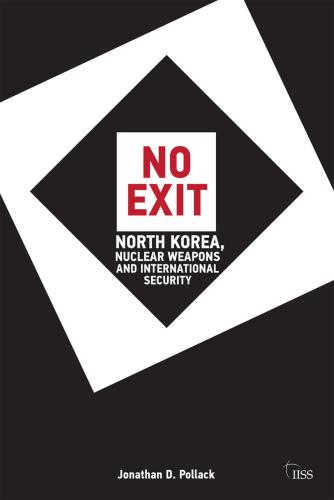

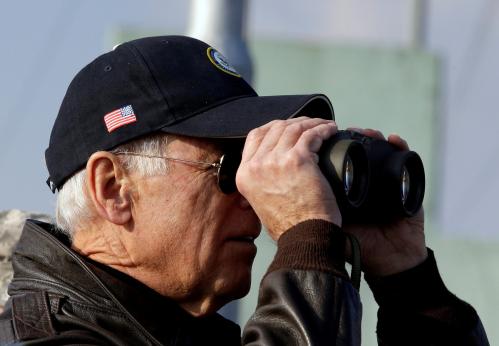

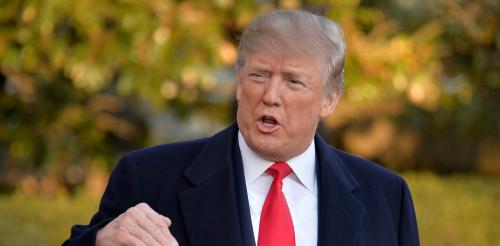

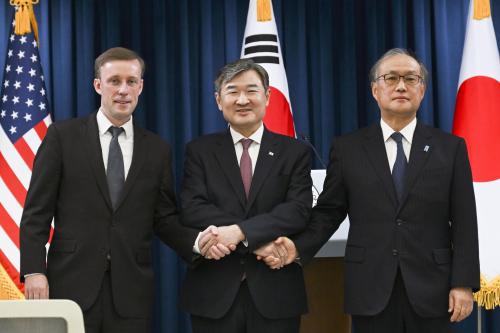
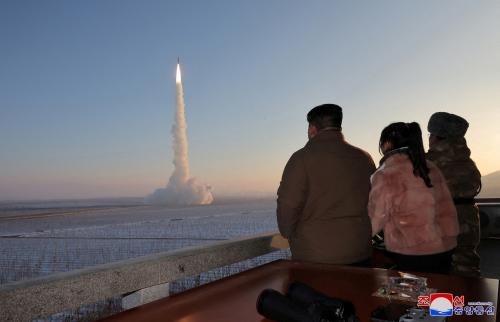
Commentary
Biden administration needs to get real on North Korea
March 29, 2021